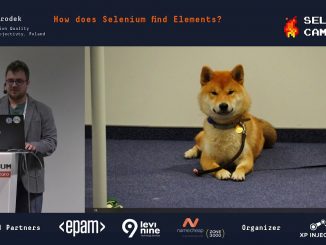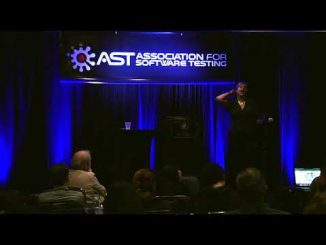Tutorials and resources on how to apply test automation in software testing
Selenium is a widely used open source framework for end-to-end web testing nowadays. JUnit 5 is the latest version of this popular Java open source unit testing framework and implements a brand-new programming and extension model named Jupiter. This talk presents Selenium-Jupiter. This is an open-source JUnit 5 extension that provides seamless integration with Selenium.
The Fuzzing Book is a website / online book that presents tools and techniques for generating software tests. Fuzzing is defined by Wikipedia as “automated software testing technique that involves providing invalid, unexpected, or random data as inputs to a computer program. The program is then monitored for exceptions such as crashes, failing built-in code assertions, or potential memory leaks.”
If you are doing UI test automation, there is a high probability that you are using Selenium. Either directly, or in some framework, or by some tool that is built on Selenium. But did you ever wonder what is going on under the hood? How does Selenium use the browser? How does it find elements? If that sounds interesting to you, this is a presentation for you.
Salesforce is a major software player in the field of customer relationship management (CRM) and customer service software. This article discusses the specific challenges of automated testing for Salesforce applications and provides best practices for implementing test automation in this domain.
This book “Implementing Automated Software Testing”, Elfriede Dustin, Thom Garrett and Bernie Gauf presents a comprehensive treatment of the domain of software testing automation. The first part defines and describes test automation, proposing a business case for automation and discussing the pitfalls that should be avoided.
Cerberus Testing is an open source low-code test automation platform. It supports testing Web, iOS, Android and API (REST, SOAP and Kafka) applications and integrates with Selenium, Appium and other testing tools.
Creating test automation engineers from manual testers is hard. Even if your testers are willing, they have a lot of hurdles to get over to feel like the same kind of subject matter experts in automation as they are in manual testing.








